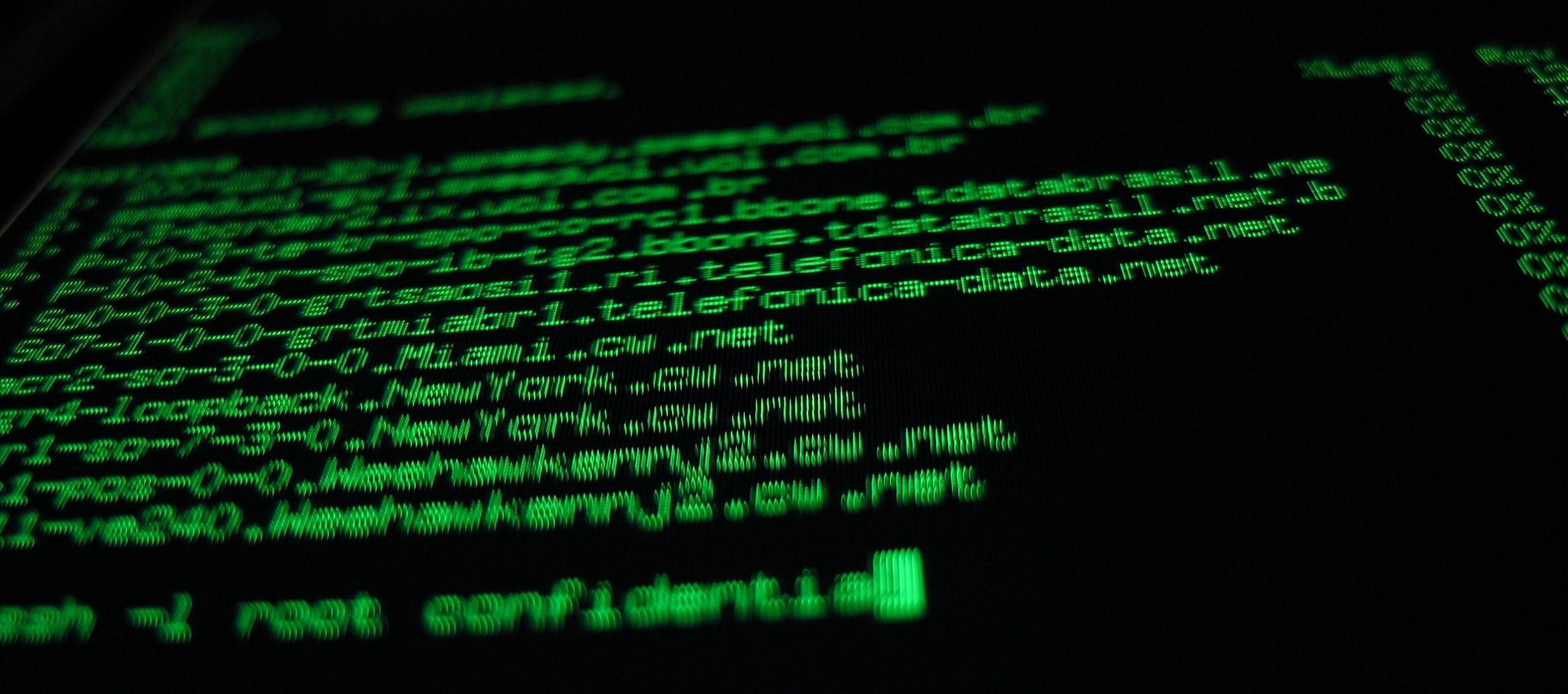How to Connect to your VPS via SSH using Putty

Note: If TL;DR then you can CLICK HERE to scroll to the bottom and just watch the video.
Table of Contents
Introduction
Alright, so you now own a server. The first time I had a virtual private server, I had no knowledge whatsoever of how to use it – my only experience with web hosting had been with using cPanel. In the case of virtual private servers, you typically won’t have cPanel initially installed. In any case, even though using a web panel may make things easier for you, you get more out of hosting and learn a lot more if you’re using a server; sure it may be a an adjustment, but you can do a lot more and it’s a lot more fun.
Also, don’t be intimidated by the command line ( in case you haven’t used it so far ). That’s also fun.
Ok, so first thing you want to do after you find yourself owning a VPS. Connect to it. How, you ask? Why, using SSH.
A short description of SSH for knowledge’s sake.
Step 1 — Login via SSH
SSH ( Secure Shell ) is a network protocol that’s used for secure data communication between a server and a client ( that being you ) to perform command line connection / authentication or data transfer. This way of connecting to your server supports strong encryption so as to prevent hackers or hacker bots from intercepting your info.
For establishing communication between the client (again, you ) and the server, you’re going to need SSH software on each end. Luckily, there Linux servers you buy will already have OpenSSH installed and what remains is for you to install one on your end. Enter Putty. Putty is by far the most popular software for SSH connections for Windows users. It’s worth mentioning that once you get used to Putty, you might consider Kitty as an alternative – as you’ll be able to save session passwords and such so you just clickitty-clack and you’re connected to your server.
But I digress.
Step 2 — Downloading Putty
Right, so first you’ll want to go to the Putty download page, download, and run it – at the time of writing, I scrolled down a bit to something like “putty-X.XX-installer.exe”. Now you can install it such as you would install any Windows software and then run it.
Step 3 — Connecting to your server
Now you’ll just have to follow a few easy steps to connect to your server.
1. Fill in the IP address for your server in the *Host Name (or IP address)* field.
2. Make sure in the Port field you’ve got port number 22, since that’s the default port for SSH connections – you can change this later, for security reasons.
3. In the Saved Sessions field you can write whatever you’d like to call your sessions when you connect to this server, so you won’t have to fill in the configuration every time.
4. Now you can connect to your server – either by selecting the session name under Saved Sessions and clicking open, either by double clicking the session name that you had previously saved.
5. After you’ve initiated the connection you might notice that a big warning has popped out. There’s nothing to worry about. This warning just happens the first time you connect from a machine to your server and it’s a security measure that indicates that the server that you’re connecting to is momentarily untrusted – but since it’s your, I’m pretty sure you can.
You should however be cautious when connecting to other servers that do not belong to you, as the data transferred between you and the respective server may be subject to prying eyes.
Having said that, you can go ahead and click ‘Yes’.
6. Now that you’ve securely connected to your server, it’s safe for you to enter your credentials at the prompt. The first one would be your username, which is typically *root* – and then you can hit Enter. Next you’ll be asked to enter your password.
Please note: you won’t see your cursor move when entering your password for security reasons – in case someone’s near you and such – so you’d better have it memorized.
Alternatively, you can copy paste it by copying it to your clipboard from where you have it stored and then JUST right clicking in the Putty window. That is how you paste text in the prompt by default when using Putty.
After hitting Enter after inserting your password you may notice that the command prompt will probably look like this:
username@hostname:~#
That’s how you know that you’ve successfuly connected to your server.
Yet another note: The Linux command line may differ, depending on the distribution, but they basically all have the same structure.
VIDEO GUIDE:
Looking for budget servers? Then check out our high performance and affordable KVM Plans. Our smallest plan is 2GB RAM, 10GB SSD at only $5/mo!
Subscribe
Login
0 Comments
Oldest

